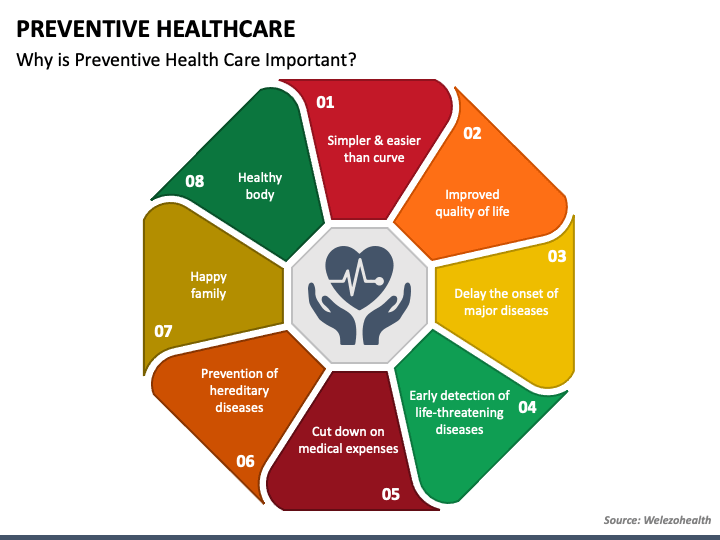AI News: Trust or Fiction?

The Rise of AI-Generated News: Can We Trust It?
We live in an age of unprecedented information access. News cycles are 24/7, fueled by the internet and social media. But what happens when the source of that news isn’t a journalist, but an algorithm? Artificial intelligence (AI) is rapidly changing many facets of our lives, and journalism is no exception. AI-generated news is no longer a futuristic concept; it’s happening *now*. But with this technological leap comes a crucial question: can we trust the news crafted by machines?
How is AI Generating News?
The process isn’t about robots writing Pulitzer Prize-winning investigations (yet!). Currently, AI excels at automating the reporting of data-rich events. Think sports scores, financial reports, and election results. These areas involve a lot of structured data – numbers, names, and specific outcomes. AI algorithms, particularly those utilizing Natural Language Generation (NLG), can take this data and transform it into coherent, readable news articles.
Here’s a simplified breakdown of how it works:
- Data Collection: The AI system gathers data from reliable sources – official sports feeds, financial APIs, election databases, etc.
- Data Analysis: The algorithm analyzes the data, identifying key trends and facts.
- Template Selection: Pre-written templates provide the basic structure of the news story. These templates are designed for different types of events.
- Content Insertion: The analyzed data is inserted into the appropriate slots within the template.
- Natural Language Generation: The NLG component refines the language, ensuring grammatical correctness and readability. It aims to make the output sound as natural as possible.
- Publication: The generated article is published, often with minimal human oversight.
Companies like Automated Insights, Narrative Science, and Arria NLG are leading the way in developing these technologies. Major news organizations, including the Associated Press, Reuters, and Forbes, are already using AI to produce thousands of articles each month, primarily focused on financial and sports reporting.
The Benefits of AI in News Production
It’s easy to view AI-generated news with skepticism, but it offers several potential benefits:

Speed and Efficiency: AI can produce articles *much* faster than human journalists. This is particularly valuable for time-sensitive information like stock market updates or live sports coverage.
Cost Reduction: Automating news production can significantly reduce labor costs for news organizations, especially for routine reporting tasks.
Coverage Expansion: AI can enable news organizations to cover a wider range of events and topics, including hyperlocal news that might not be economically feasible with traditional reporting methods. Imagine automated coverage of every high school football game in a state!
Reduced Human Error: While not infallible, AI can minimize errors associated with manual data entry and analysis. When fed accurate data, the output is generally factually correct (though, as we’ll discuss, context is key).
The Concerns: Trust, Bias, and the Future of Journalism
Despite the advantages, significant concerns surround AI-generated news. The biggest, and most important, is trust. Can we rely on news written by a machine?
Lack of Nuance and Context: AI currently struggles with complex storytelling that requires critical thinking, investigation, and nuanced understanding. It excels at reporting *what* happened, but often fails to explain *why* it happened or its broader implications. This can lead to incomplete or misleading narratives.
Algorithmic Bias: AI algorithms are trained on data, and if that data reflects existing biases, the AI will perpetuate those biases in its output. For example, if a financial news AI is trained on data that historically favors certain companies, it might generate more positive coverage for those companies, even if their current performance doesn’t warrant it. This is a serious ethical concern.
The Spread of Misinformation: While AI can be used to *detect* misinformation, it can also be used to *create* it. Sophisticated AI models can generate convincing fake news articles, making it increasingly difficult to distinguish between real and fabricated content. The potential for malicious actors to exploit this technology is alarming.
Job Displacement: The automation of news production raises concerns about job losses for journalists, particularly those involved in routine reporting tasks. While AI is unlikely to replace investigative journalists entirely, it could reshape the journalism landscape and require journalists to adapt their skills.
Transparency and Accountability: It’s crucial that news organizations are transparent about their use of AI in news production. Readers should know when an article was generated by an algorithm, and there should be clear lines of accountability for errors or biases in the output.
What Does the Future Hold?
AI-generated news is here to stay, and its role will likely expand in the coming years. We can expect to see:
More Sophisticated NLG: AI will become better at generating natural-sounding, engaging content that is more difficult to distinguish from human-written articles.
Personalized News Experiences: AI could be used to create personalized news feeds tailored to individual interests and preferences.
AI-Assisted Journalism: AI will increasingly be used as a tool to *assist* journalists, helping them with tasks like data analysis, fact-checking, and identifying potential story leads.
Improved Bias Detection and Mitigation: Researchers are working on developing techniques to identify and mitigate biases in AI algorithms.
Ultimately, the key to navigating the rise of AI-generated news lies in critical thinking and media literacy. We must be discerning consumers of information, questioning the source, verifying facts, and seeking out diverse perspectives. Just because something is published doesn’t make it true. The future of news depends on our ability to adapt to this new technological landscape and demand transparency and accountability from those who produce and disseminate information.



